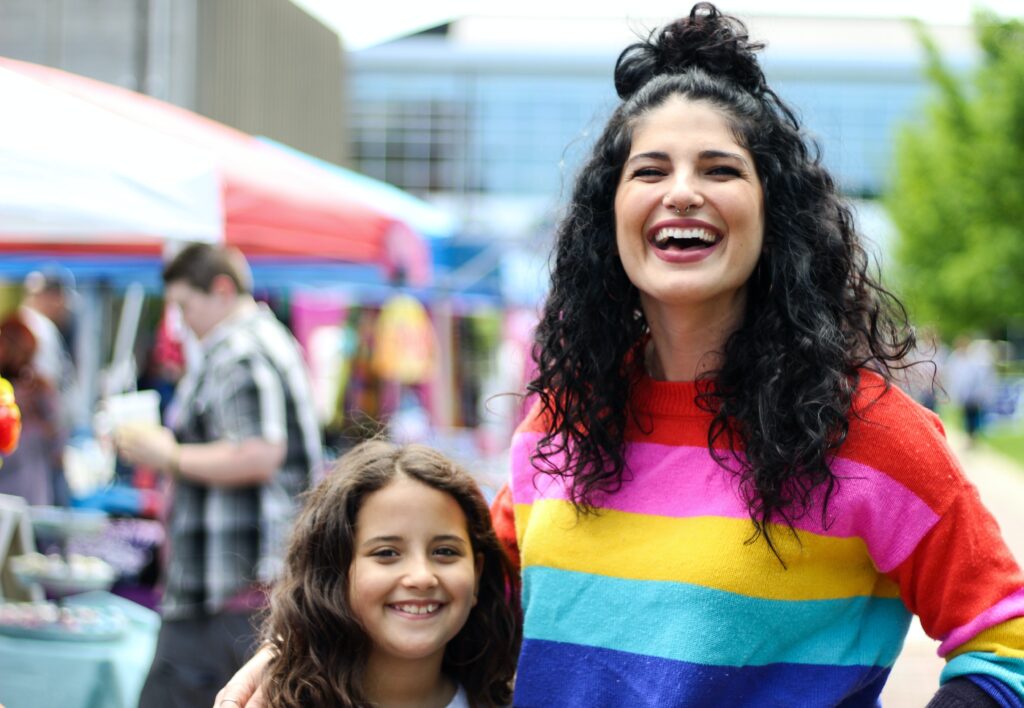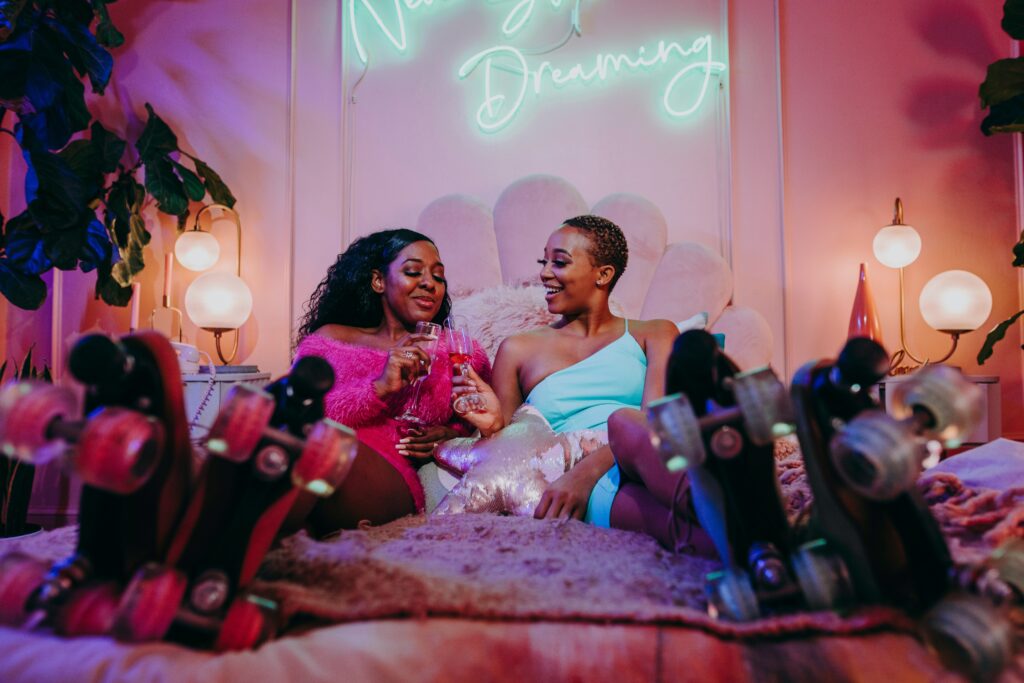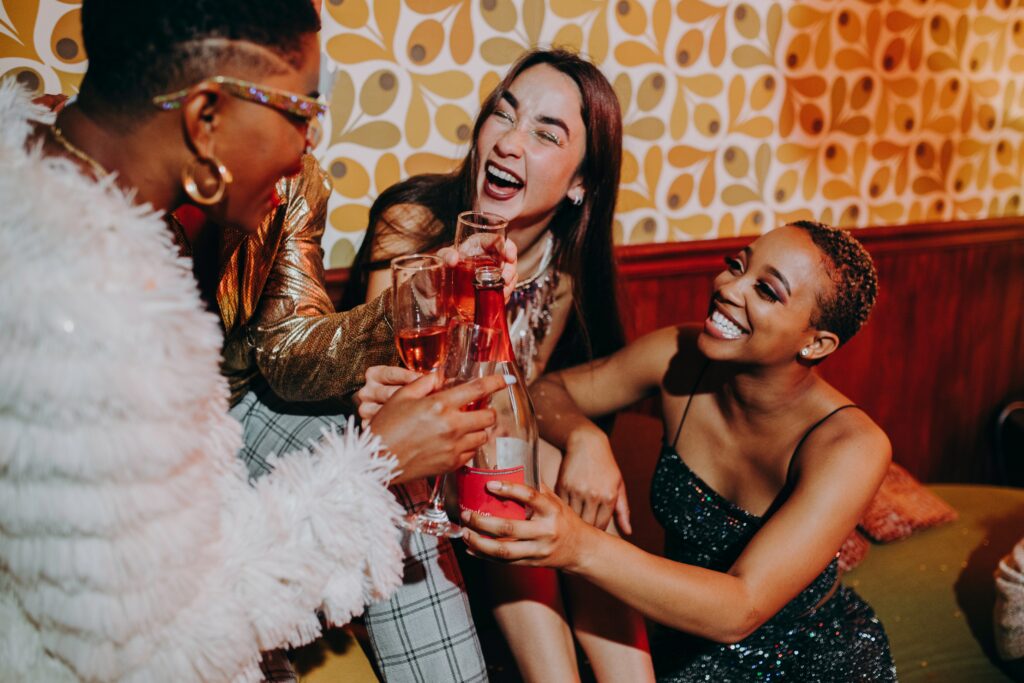Connecting with LGBTQ consumers is rewarding for marketers
Katya Skogen, Collage Group’s Director of Cultural Insights explains how to approach reaching LGBTQ+ consumers.
The LGBTQ+ community represents a diverse market of between 20 and 35 million Americans who spend billions of dollars each year. The segment is projected to continue growing in both size and cultural influence as society becomes more accepting of differing and fluid gender and sexual identities. According to research from Collage Group, a leading provider of cultural intelligence, the LGBTQ+ community is likely to grow the fastest among Gen Z consumers, who feel more comfortable and self-assured to explore their gender and sexual identity and self-identify as LGBTQ+.

But do America’s iconic brands know what it takes to authentically connect with the influential and growing LGBTQ+ consumer segment? The data would suggest not, as more than half of those who identify as LGBTQ+ are dissatisfied with their portrayals in advertising.
Many brands are simply failing to genuinely resonate with the community. One common stumbling block is the dissonance between marketing efforts, which are too often relegated to Pride Month, and companies’ internal practices, actions, and even political donations. Such incongruence does not go unnoticed by LGBTQ+ people who, on average, are much more likely than their straight peers to do their research on brands to see what, if anything, they’ve done to actually support the community before they make a purchase.
In order for brands to course-correct, they need to first develop a better understanding of the fundamental values, desires, and priorities of LGBTQ+ Americans; they must make a genuine effort to authentically tap into the cultural traits and passion points of this community. That entails becoming “culturally fluent,” meaning they are highly attuned to the community’s specific needs and preferences without losing touch with the loyal consumers who are not LGBTQ+.
A large portion of those who identify as LGBTQ+, prioritize authenticity, diversity, and inclusivity. This applies to both their own community and its needs, as well as to the rights and priorities of other marginalized groups.
Brands can leverage these insights to appeal to the LGBTQ+ segment through advocacy. Those who openly identify as being LGBTQ+ are often subjected to bias, bigotry, and even violence. So, brands that genuinely seek to educate, take stances to protect LGBTQ+ consumers, help existing community spaces flourish, and create safe havens in their own branded spaces – both online and in real life – will be looked upon favorably by the community.
In addition to garnering support from those who are LGBTQ+, there is also a halo effect from the millions of LGBTQ+ supporters, friends, and family who are straight. Brands wouldn’t only reap the rewards of LGBTQ+ consumers, but their allies will also rally around brands who have stood up for the community. This approach has proven especially effective with younger and multicultural consumers who reward inclusive, socially active brands.

Nike is just one example of a brand that does this well. The company uses the power and scale of its platform to spotlight the community, extend the reach of organizations that advocate for their rights, and to build bridges for LGBTQ+ people. These initiatives earned Nike extra support for “relevance” a brand trait defined as “for people like me” reverberating with both LGBTQ+ shoppers as well as other consumers, especially Gen Z, millennials, multicultural segments, women, and parents.
Another cornerstone that brands can use to nurture deeper relationships with the LGBTQ+ community is the concept of found family. For this segment, family that is chosen can be just as important as one’s birth family. This is especially true for older LGBTQ+ Americans, ages 41 to 75 as 79% of them say, “The family that you choose is just as important as the family you’re born into.” To them, family isn’t just blood, but rather people who make up a life-long bond, built on shared values, lived experiences, and common interests. Brands can activate on this perspective by including and highlighting diverse communities or untraditional family structures within advertisements and messaging. This helps show that the brand recognizes family is built on love and understanding, not just biology.

Brands can also appeal to LGBTQ+ consumers though community outreach. LGBTQ+ Americans are slightly more likely than others to donate food, volunteer, and raise funds for a given cause. Hence, brands can stand out by investing in these activities or by partnering with retailers that are known for their charitable endeavors.
Furthermore, LGBTQ+ consumers express a higher-than-average inclination to round up their bill at checkout or donate larger items. When they are supportive of a cause or charity, LGBTQ+ consumers frequently underline that support with their dollars or time, or with both. Brands can respond to this trait by taking audit of their supporter activities, and if necessary, expanding those pursuits. This makes it easier for LGBTQ+ consumers to back an organization and its efforts.
Finally, a unique, but highly effective way of marketing to the LGBTQ+ community is by taking account of the various uncommon challenges that this segment faces regarding health and wellness. For one, mental health presents an enormous challenge for this community in general and its younger members in particular. LGBTQ+ people are also more likely to be caretakers for their friends and family, and they tend to turn to their community, or found family, for health advice and resources. Additionally, the LGBTQ+ community is more likely to cite financial constraints and a long history of anti-LGBTQ+ discrimination in the healthcare system as persistent barriers to achieving their best health.
To address these issues, health and wellness brands should strive to offer free or low-cost resources and provide easy access to payment plan options. They should also formalize and advertise existing nondiscrimination policies and connect patients to advocacy services to aid in addressing potential concerns and coordinate care.

Further still, brands should develop practical tools – virtual health-related resources, apps, and other online tools – that help LGBTQ+ people manage their health and wellbeing. Making these resources more accessible, user-friendly, and inexpensive, can be an effective way to connect with this group while helping them overcome financial constraints, discrimination, and other barriers.
Marketing to the LGBTQ+ community is indeed a wise move, from both a humanitarian standpoint, as well as in terms of business savviness. Brands that engage in an authentic manner – becoming more diverse, more inclusive, and more welcoming – and brands that boldly champion LGBTQ+ rights, and amplify the voices of the LGBTQ+ community, will indeed be rewarded by LGBTQ+ members and by their mighty allies.
About Collage Group
Collage Group is certified as a Minority Business Enterprise (MBE) by the National Minority Supplier Development Council (NMSDC). Read more about Collage Group’s News Coverage & Press Releases.






